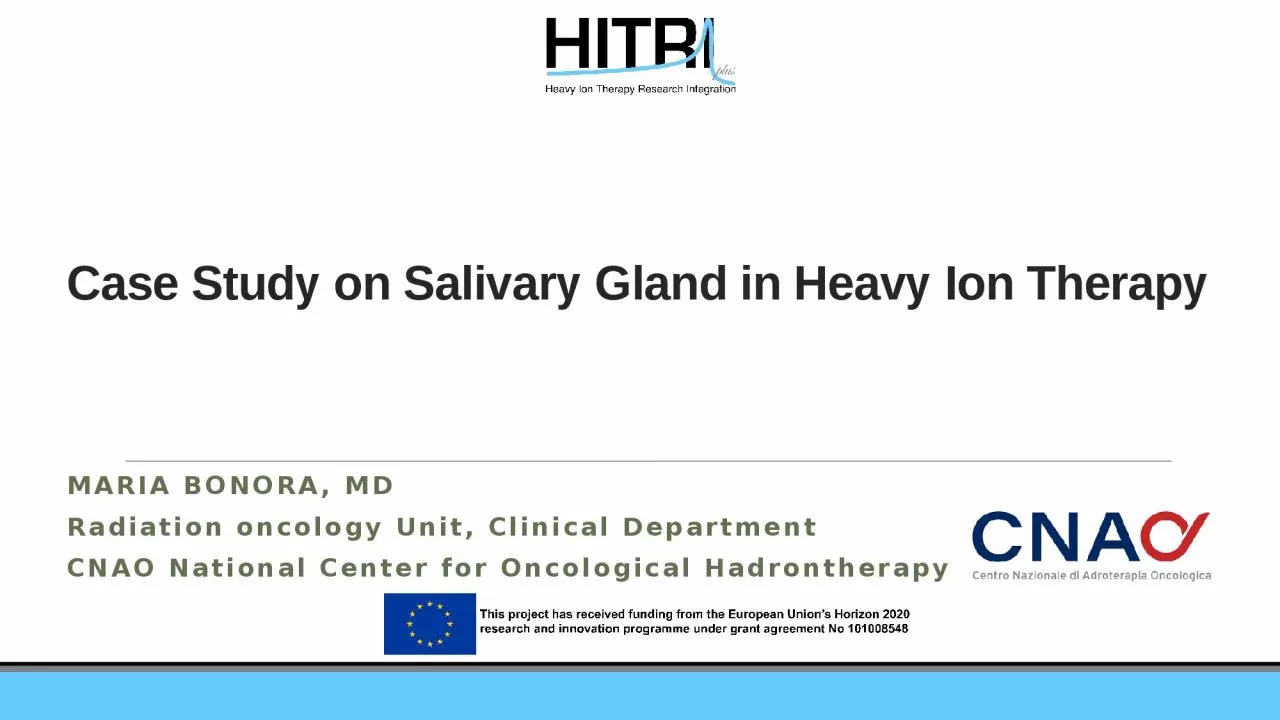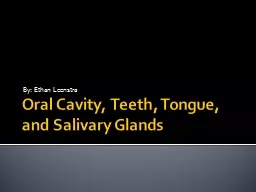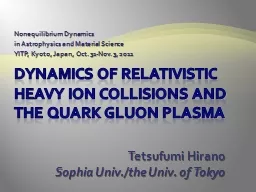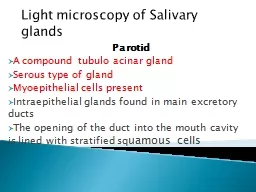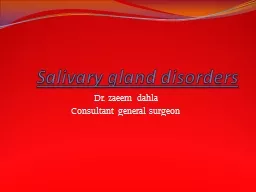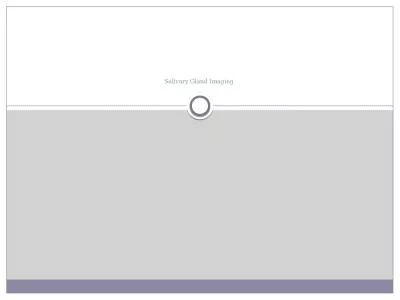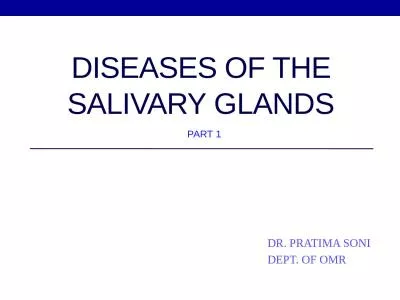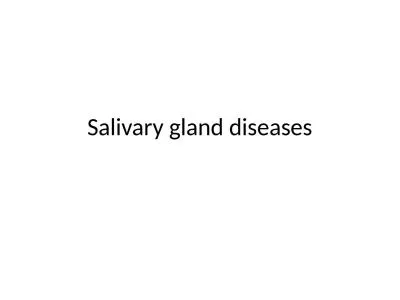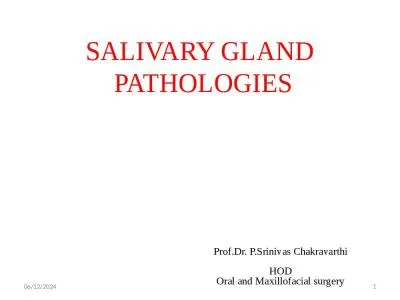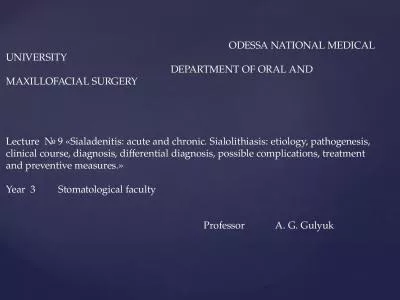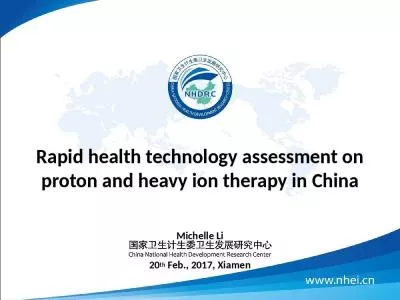PPT-Case Study on Salivary Gland in Heavy Ion Therapy
Author : emily | Published Date : 2023-09-06
Maria Bonora MD R adiation oncology Unit Clinical Department CNAO National Center for Oncological Hadrontherapy Case 1 Italian female 44 years old No comorbidities
Presentation Embed Code
Download Presentation
Download Presentation The PPT/PDF document "Case Study on Salivary Gland in Heavy I..." is the property of its rightful owner. Permission is granted to download and print the materials on this website for personal, non-commercial use only, and to display it on your personal computer provided you do not modify the materials and that you retain all copyright notices contained in the materials. By downloading content from our website, you accept the terms of this agreement.
Case Study on Salivary Gland in Heavy Ion Therapy: Transcript
Download Rules Of Document
"Case Study on Salivary Gland in Heavy Ion Therapy"The content belongs to its owner. You may download and print it for personal use, without modification, and keep all copyright notices. By downloading, you agree to these terms.
Related Documents

